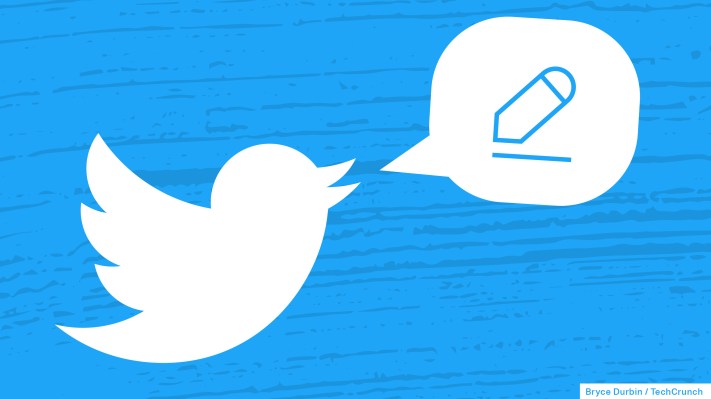In the midst of absolutely no internal chaos whatsoever, Twitter’s accessibility team launched a much-requested feature test. Ten percent of users, who make up the test group, will be served reminders to add image descriptions to their photo uploads.
Image descriptions, or alt text, are exactly what they sound like: descriptions of what appears in an image. Sometimes these descriptions appear when the image doesn’t load, but more importantly, they offer context for people using screen readers, who might be blind or low-vision. Alt text helps make sure that everyone can be included in the conversation.
This test is designed to encourage more people to use alt text. If you have access to the feature, you can navigate to your account’s settings, click “Accessibility,” and then scroll to the “Images” header. There, you can turn on a reminder to prompt you to add alt text before sending a tweet with an image.
“If you forget to add image descriptions, turning on the reminder will be a big favor to your future self. And to everyone on Twitter,” the platform wrote. “Actually, if everyone turns it on, everyone would be helping everyone.”
In April, Twitter started rolling out features that make it more apparent when an image has alt text. Now, “ALT” badges appear in the bottom corner of photos, showing whether an image has alt text or not. When you click that button, you can view the image description.
But even the best-intentioned among us might forget to add image descriptions sometimes, so these reminders should come in handy. For users who don’t know what alt text is or why it matters, these pop-ups might also serve an educational purpose.
“Image descriptions are a simple way to expand info access to people with disabilities, and everyone who wants more context,” Twitter explained.
In its announcement thread, Twitter references an ongoing discussion about the pitfalls of misused alt text — sometimes, Twitter users will use alt text to hide easter eggs or jokes for anyone who might click the ALT badge. But using image descriptions in this way is confusing for users who actually need the alt text for context. When more tweeters use accessibility features as intended, though, it makes it more clear how to actually write good alt text.
There’s much debate around what constitutes well-written image descriptions. For example, if you see a photo of a woman eating salad, you probably don’t need to know what color the bowl is, or whether the salad has croutons in it. Maybe it’s relevant to the context that she’s mid-bite, or that she’s staring angrily at the lettuce — or maybe it’s not.
As NASA released the first images from the James Webb Space Telescope this week, some Twitter users pointed out how detailed NASA’s image descriptions were. For something as complex, monumental and mind-blowing as a photograph of a galaxy cluster, their level of detail makes sense. But odds are, you won’t meet Twitter’s 1,000 character limit for whatever you’re uploading, assuming you’re not on NASA’s social team.
Twitter has also rolled out accessibility features like auto captions for videos over the last year. According to the platform’s accessibility-focused account, the team is working on expanding live captioning on Spaces, closed captions customization, text-recognition for alt text and alt text for profile pictures.
